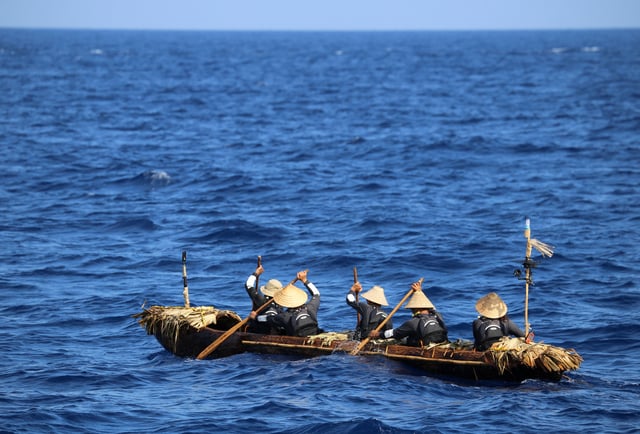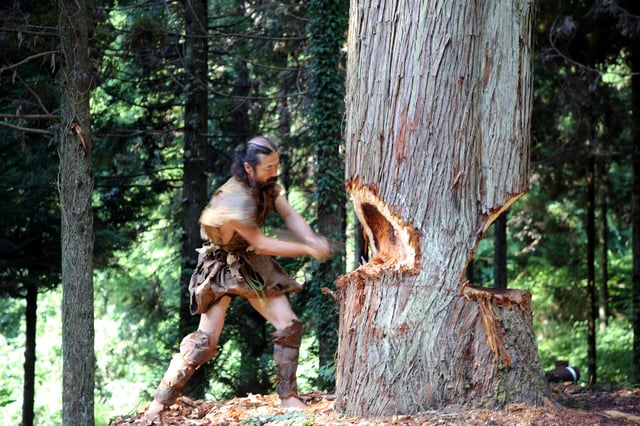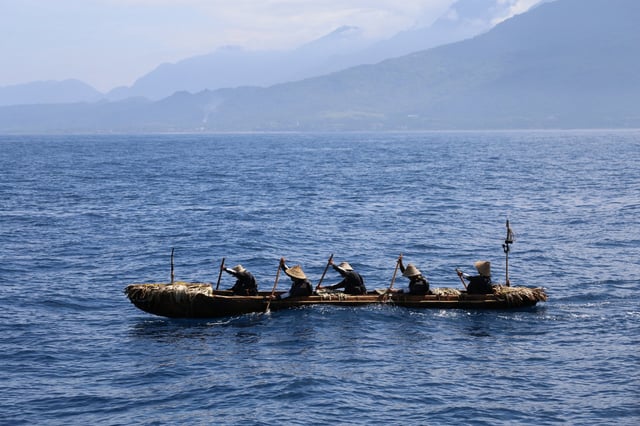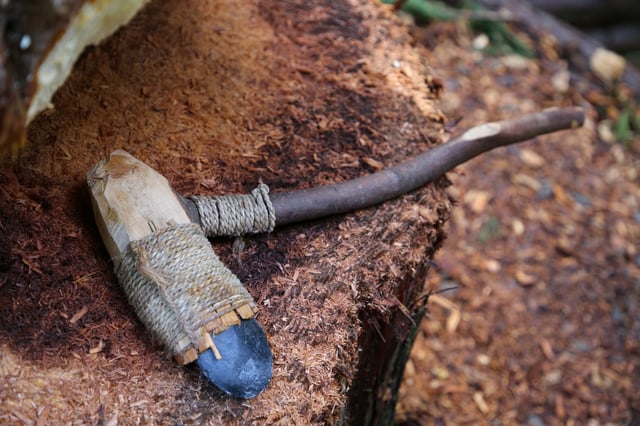Overview
- A team led by University of Tokyo anthropologist Yousuke Kaifu carved a 7.5-meter dugout canoe named Sugime from a single Japanese cedar trunk using replica 30,000-year-old stone tools and paddled it 225 km from eastern Taiwan to Yonaguni Island over 45 hours.
- Initial trials with reed-bundle and bamboo rafts proved too slow and fragile to withstand the strength of the Kuroshio Current.
- Numerical simulations under modern and Late Pleistocene sea conditions tested varied departure points, seasons and paddling strategies to evaluate the ancient voyage’s viability.
- Combined experimental and modeling results indicate that early modern humans possessed advanced navigational skills and strategic seafaring knowledge to tackle one of the world’s strongest currents.
- Researchers are now unpacking experimental data to refine models of Paleolithic sea crossings and improve understanding of human migration across the East China Sea.



